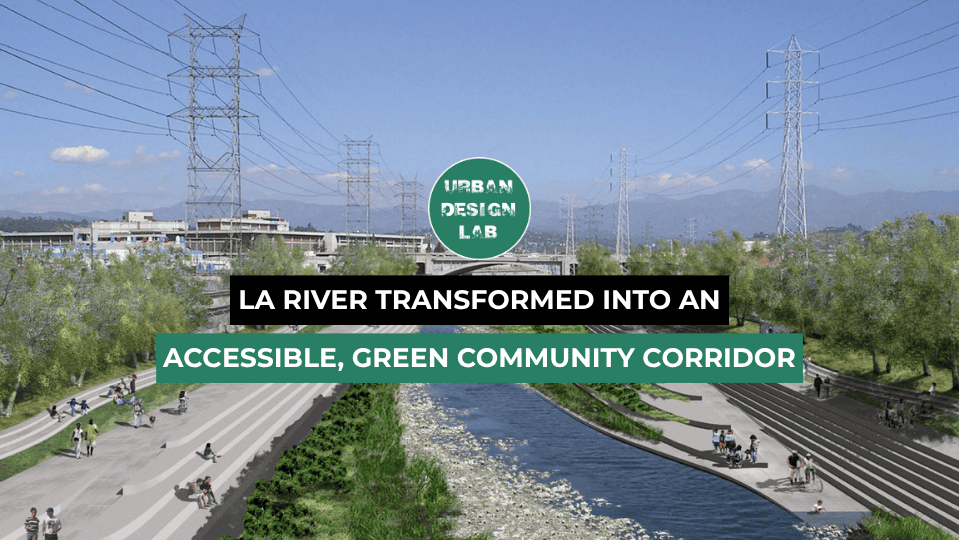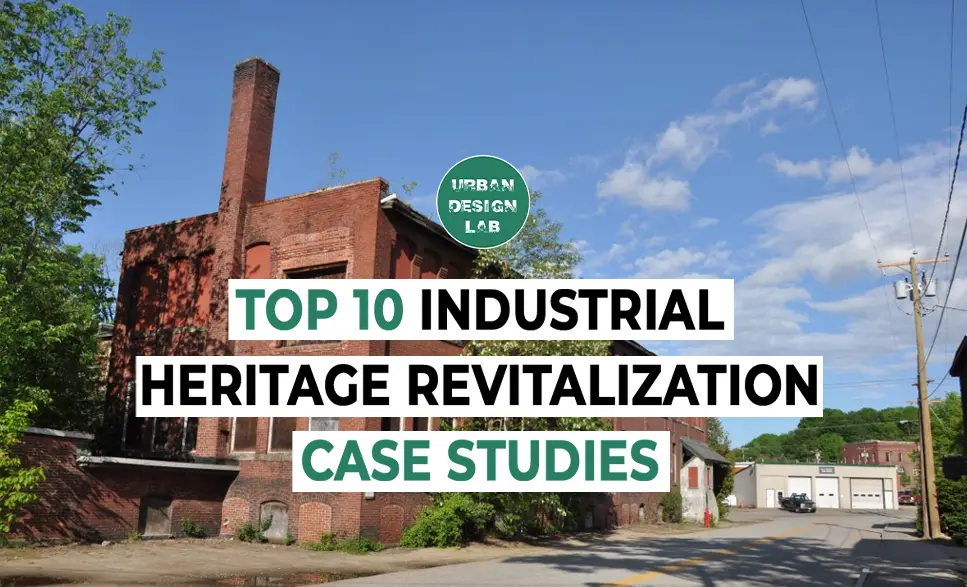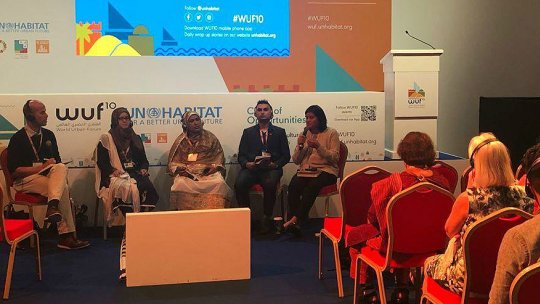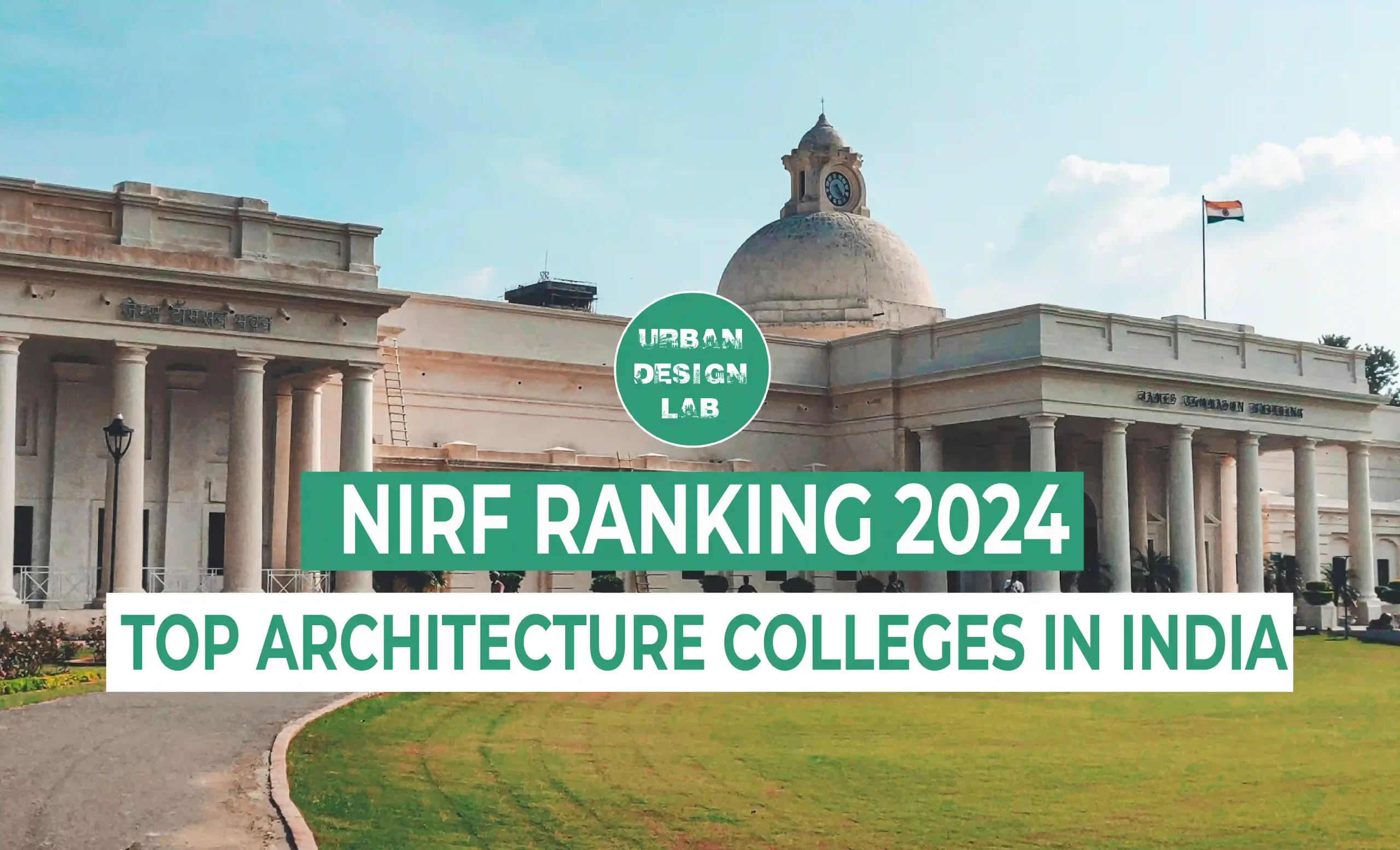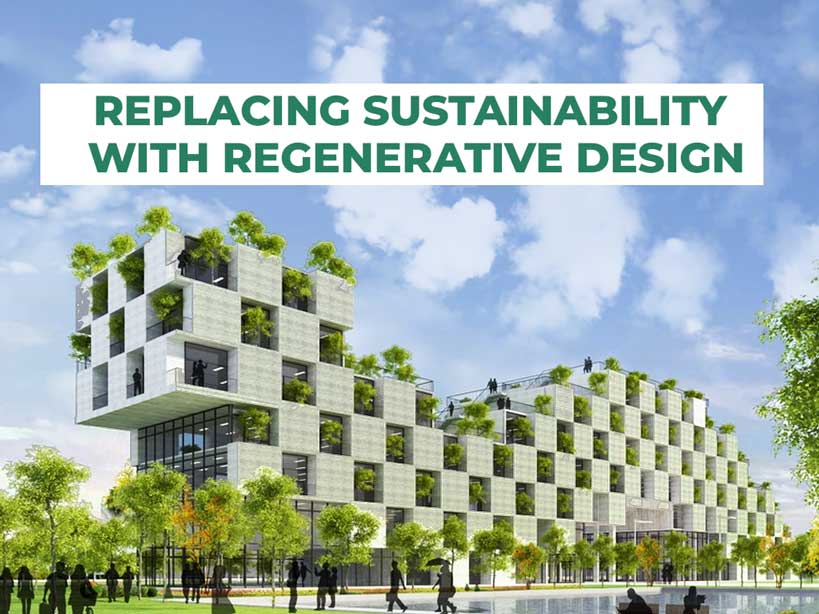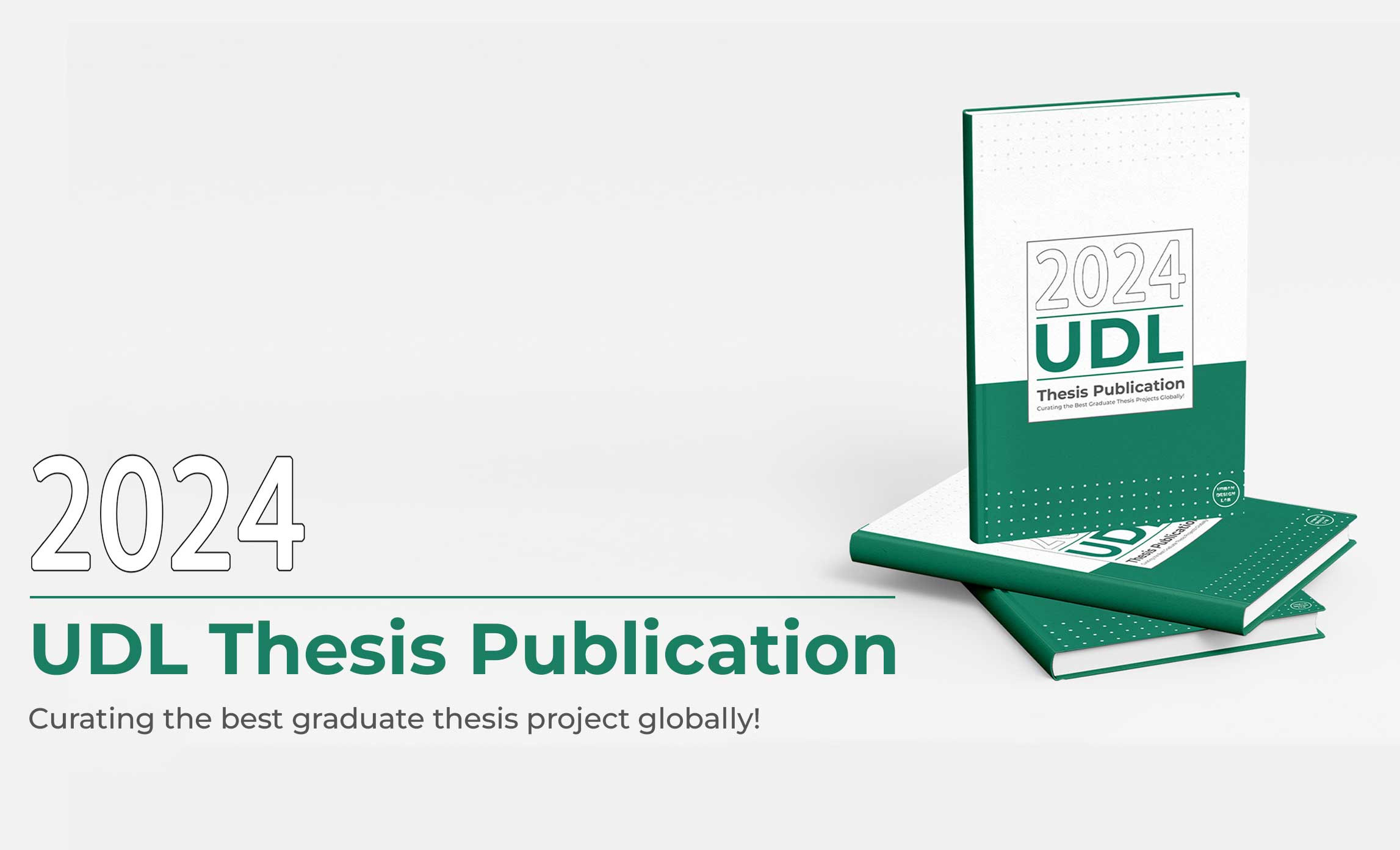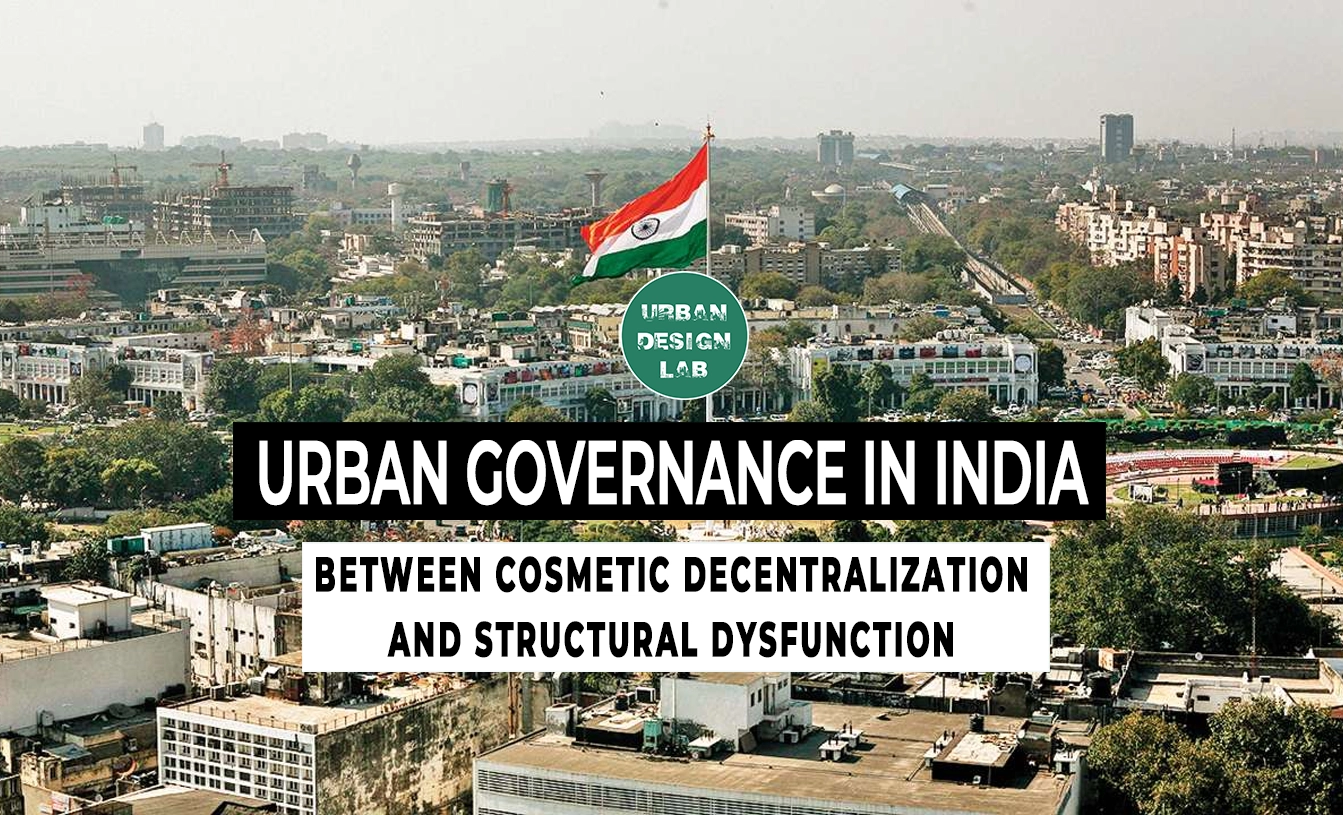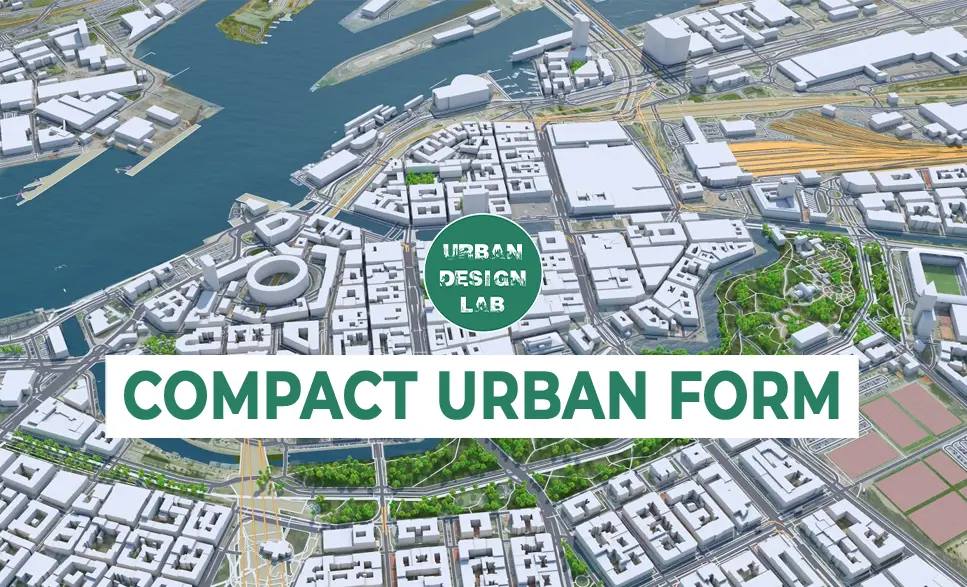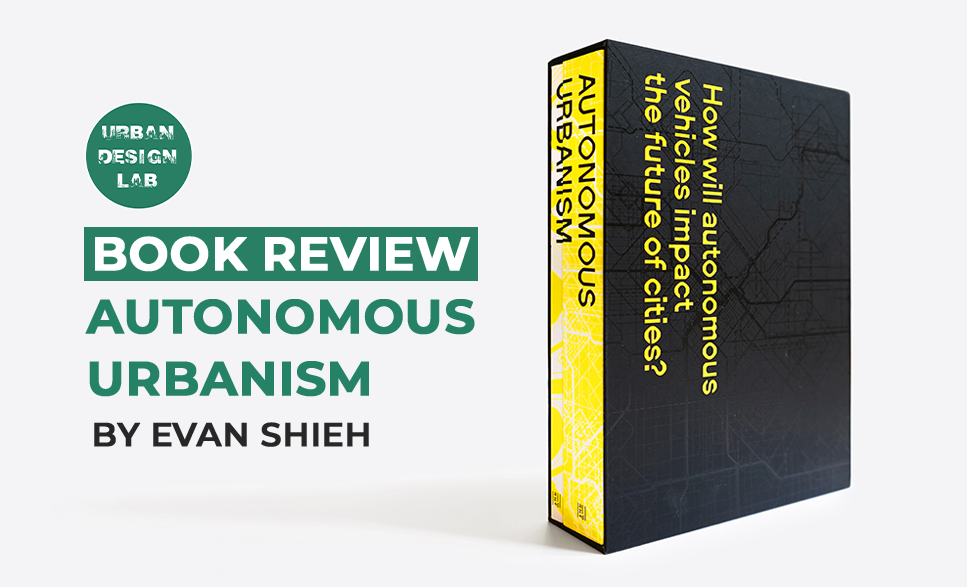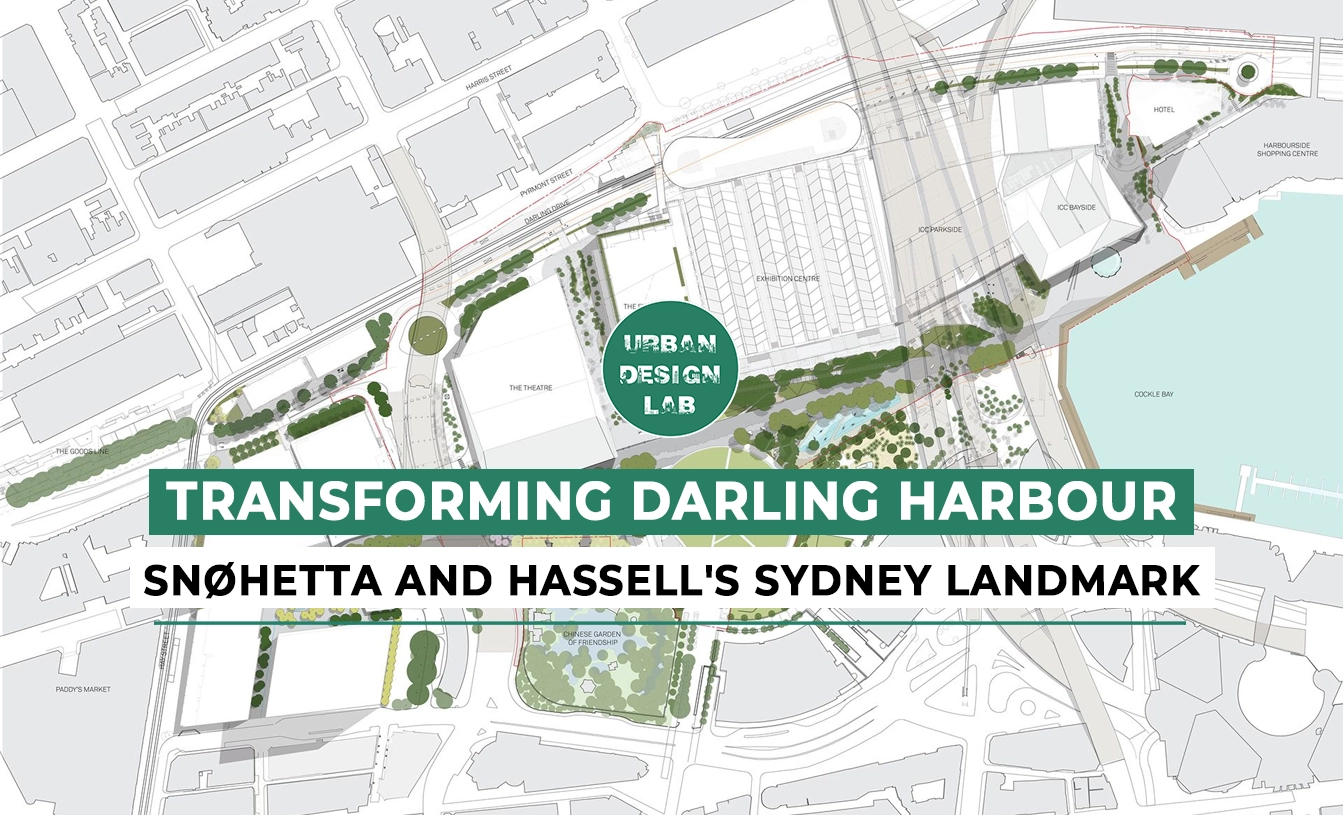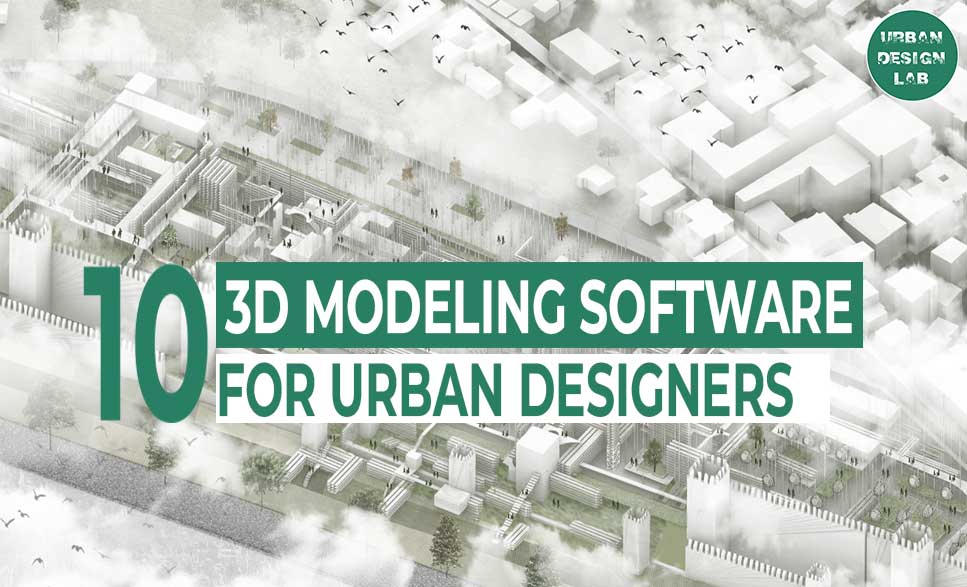
A lexicon for Waste Management in contemporary cities
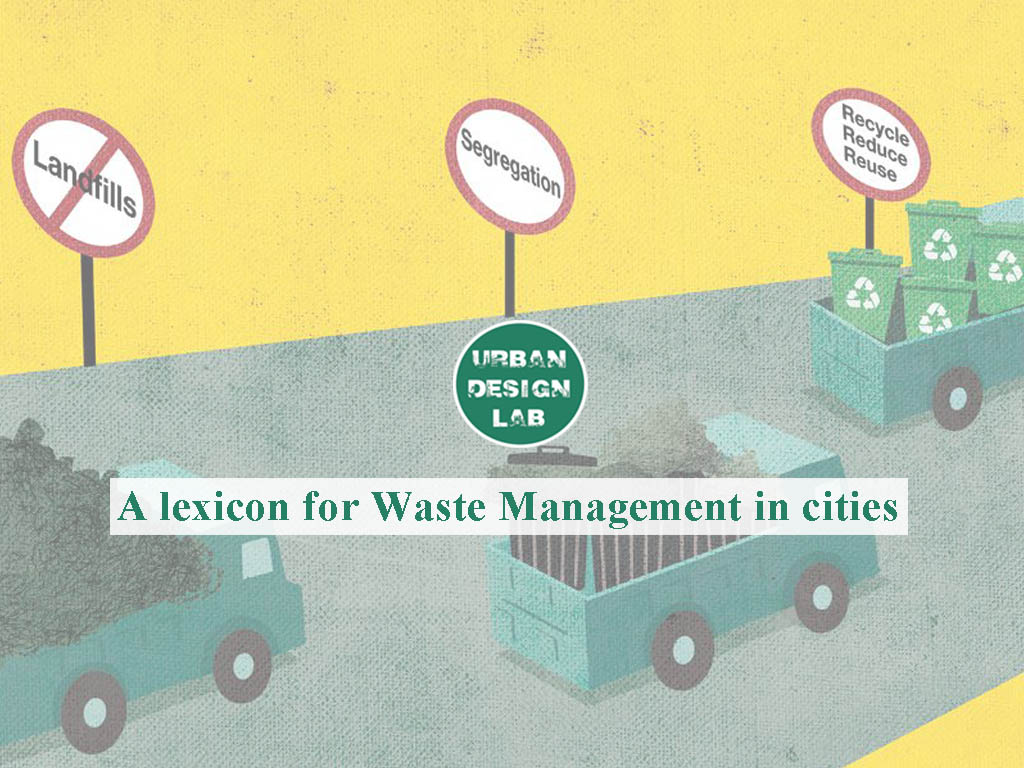
Waste has always been an undeniable factor in the city building process. More so in today’s context, waste management has been brought to the forefront of architectural, planning, and popular discourse due to it directly and intensely affecting our ways of living in a city. Thus, it’s time for us to see waste not as a liability but as an asset/fuel to power the potential growth of our cities. This article talks about how through different imaginations and reimaginations of waste, we can create new opportunities for social, cultural, and environmental economies.
1. Wastewater
a) Black Water
Blackwater is wastewater loaded with biological material such as grease or feces. It is colloquially referred to as “sewage” and contains highly dangerous materials that can pose real health hazards.
b) Grey Water
2. Solid Waste
a) Wet-waste
Wet waste includes mostly organic materials such as kitchen waste including tea leaves, eggshells, fruit and vegetable peels, leftover and/or stale food, organic market waste such as fruit and vegetable peels, rotten and/or spoilt vegetables and fruits, meat and bones, garden and leaf litter, including flowers, Garden& Horticulture waste which includes grass & wood clippings, pruning, branches, twigs, leaves, tree trimmings, etc, coconut shells. and wood/ leaf ashes.
b) Dry-waste
3. Litter
Litter is usually referred to as small pieces of rubbish that are left lying on the ground in public places. This already being destructive to the public life, becomes more dangerous in the dense parts of the world where the natural resources like water and soil get affected by the volume of littering solid waste and in turn creating potential urban disasters.
4. Debri
Demolition waste is waste debris from destruction of buildings, roads, bridges, or other structures. Construction and demolition materials are created during the process of creating a new building or structure or when renovating or demolishing an existing structure. These materials are usually heavy materials used in large volumes in modern construction, such as concrete, steel, wood, asphalt and gypsum.
5. Landfill
Waste management was seriously thought about after the famous Black Plague in the mid-1300s in Europe, where the human solid waste was started to be directed towards large lands to dig and parcel the human feces (to start with) into, these were called landfills.
6. Sewer
This idea then percolated around the 1700s into the human waste to be cleaned at frequent intervals with the assistance of massive drainage lines leading into the rivers adjacent to cities. This is trivial information for us today but the crucial aspects of city life like public health, efficient work environments, etc have been dependent to this day on these two revelations mentioned above.
7. Drain
A smaller version of sewers which generally are open act as the transporters of stormwater out of the city so there are no water logging and eventual flooding. But in today’s scenario, the domestic wastewater, and other solid waste are being thrown into these drain channels, choking them and defeating their original purpose.
8. Public/Shared Latrine
One of the most bizarre latrines seen throughout the ages, is a very simple ancient Roman toilet facility, usually, just a pit or trench arranged in a linear way lined up with people excreting side by side without any private space.
9. Public Lavatories
Public lavatories came into existence when there came a need for sanitation as an important component of public life. Rather than the open layout of Roman public latrines, the layout of these lavatories were made into several partitions around a singular space for urinating and excreting. These have been incorporated by the modern sanitation design and planning and are prevalent in most public toilets around the world.
10. Septic Tank
The septic tank is the most common small-scale decentralized treatment unit for greywater and blackwater from cisterns or pour-flush toilets. It is basically a sedimentation tank. Its shape can be rectangular or cylindrical. Septic tanks are used for wastewater with a high content of settleable solids, typically for effluent from domestic sources, but they are also suitable for other wastewater of similar properties (SASSE 1998).
11. Composting
Composting is the process of breaking down organic waste in a small/personal scale. composting organic waste reduces greenhouse gas emissions from landfills or incinerators, which helps alleviate climate change and makes the air we breathe healthier. Composting also makes our soil healthier. Healthy soil produces healthier plants, helps clean our water supply, and draws down carbon from the atmosphere.
12. Sewage Treatment Plant (Man-made treatment)
Sewage treatment (or domestic wastewater treatment, municipal wastewater treatment) is a type of wastewater treatment which aims to remove contaminants from sewage to produce an effluent that is suitable for discharge to the surrounding environment or an intended reuse application, thereby preventing water pollution from raw sewage discharges.
13. DEWATS (Natural/Hybrid treatment)
The use of a DEWATS system to treat polluted drains to provide useful community water sources, a noticeably cleaner public environment and irrigation water for edge of city horticulture, has strengthened the settlement’s links with tourist agencies.
14. Sustainable Building Practices in construction
Oftentimes we oversimplify the term sustainability and identify one aspect out of many to be considered as representing sustainability. But the contemporary building domain is starting to think about sustainability as a comprehensive tool to understand and conduct efficient and less resource-consuming design and construction practices. To cite an example, the below post-industrial European concept of ‘Building a Circular Future’ illustrates this attempt toward sustainable building practice.
14.i) Circular Economy
A Circular Economy is an economy in which participants strive to: minimize the use of raw materials; maximize the useful life of materials and other resources through resource recovery; and minimize waste generated at the end-of-life of products and packaging. A circular economy aims to eliminate waste, not just from recycling processes, but throughout the lifecycles of products and packaging. A circular economy aims to maximize value and eliminate waste by improving the design of materials, and products.
a) Green Building Design
A green building is a building that, in its design, construction or operation, reduces or eliminates negative impacts, and can create positive impacts, on our climate and natural environment. Green buildings preserve precious natural resources and improve our quality of life.
b) Recycling
Demolition results in skip bins full of broken materials with very low recovery rates, and stripping buildings of their reuse components before they are demolished can reduce demand for new materials. To tackle this, cities like Portland, U.S. have passed policies supporting recycling, reusing, and upscaling of the building components. Recycled timber is popular for furniture, flooring, and design features like cladding and landscaping. Vintage industrial furniture and storage are being repurposed for commercial fit-outs and home decor.
c) Reuse
Demolition results in skip bins full of broken materials with very low recovery rates, and stripping buildings of their reuse components before they are demolished can reduce demand for new materials. To tackle this, cities like Portland, U.S. have passed policies supporting recycling, and upscaling of the building components. Recycled timber is popular for furniture, flooring, and design features like cladding and landscaping. Vintage industrial furniture and storage are being repurposed for commercial fit-outs and home decor.
d) Resource-efficient construction
This strategy aims to prevent material wastage through highly sophisticated structural design software, AI MEPs, 3-D printing techniques, etc. The Rosenstein Pavilion is one very good example that was designed as a lightweight concrete shell that sets a prime example of how to apply appropriate design methods to our built environment in order to increase its resource efficiency.
e) Energy efficiency
Incorporating Active and Passive Strategies in your home can yield energy savings. These savings lead to a reduction in energy bills. Due to low operating costs, these savings can accrue overtime to provide homeowners additional benefits.
14.ii) Disassembly in Design
The concept of Design for Disassembly (D&D for short) gained increasing traction in recent years, as it addresses the growing concern around the high consumption of resources and low recycling rate within the construction industry. The strategy builds on an increasing acknowledgment of the fact that the majority of the built environment has a limited lifespan and that every building represents a depository of resources, which, rather than ending up in a landfill, should find their way back into the “reduce, reuse, recycle” loop.
14.iii) Material Passport
The concept of a material passport ensures the ability to gain access to all relevant information describing the characteristics and quality of a component or material in a product. The passport must always represent the current state of the building and the materials. Therefore, it must be regularly updated, which makes it dynamic and ever-changing.
15. A game changer
The introduction of a circular economic model in the urban planning and design discourse will surely bring clarity to large issues like city-scale construction debri waste management, but also in the construction industry will be a game changer, which could mean that the industry will move from being an ’ownership system’ to a structure focusing on ’access over ownership’.
The discussion of the circular economy is organized in a so called ‘PESTEL analysis’, focusing on Political, Economic, Social, Technical, Environmental and Legal aspects of circular economy models for the built environment focusing on steel, timber and concrete. This approach is chosen to reflect the fact that the evolving circular economy in the sector is driven as much by external factors to the building sector than a drive in the sector to differentiate or pursue new business opportunities by the dominant parties of the building sector worldwide.
It can then further make substantial disruption as the architects, contractors and consulting engineers, can then provide the client with solutions that transforms the ‘end of life cost’ to ‘end of life revenue’, gives a competitive advantage compared to other contractors, who provides traditional solutions only.
About the Author
Anubhav Borgohain is an architect/urban designer working in the field of urban research, specializing in resilience urbanism. He has recently worked on the ‘Rising water, Safer Shores, the BReUCom project with the Faculty of Geo-Information Science and Earth Observation- ITC University of Twente, focusing on dissemination of urban flooding preparedness through game development. Apart from research, his other interests lie in digital art making, bird-watching and farming.
Related articles


Architecture Professional Degree Delisting: Explained

Periodic Table for Urban Design and Planning Elements


History of Urban Planning in India
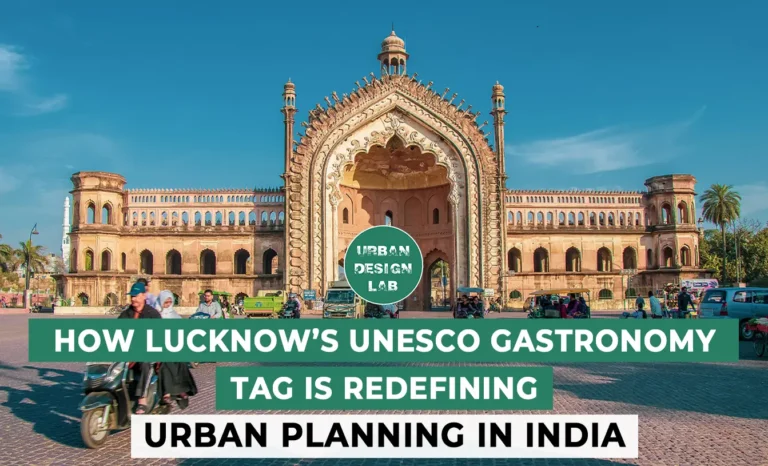
UDL Illustrator
Masterclass
Visualising Urban and Architecture Diagrams
Session Dates
17th-18th January 2026

Urban Design Lab
Be the part of our Network
Stay updated on workshops, design tools, and calls for collaboration
Curating the best graduate thesis project globally!

Free E-Book
From thesis to Portfolio
A Guide to Convert Academic Work into a Professional Portfolio”
Recent Posts
- Article Posted:
- Article Posted:
- Article Posted:
- Article Posted:
- Article Posted:
- Article Posted:
- Article Posted:
- Article Posted:
- Article Posted:
- Article Posted:
- Article Posted:
- Article Posted:
- Article Posted:
Sign up for our Newsletter
“Let’s explore the new avenues of Urban environment together “




















































